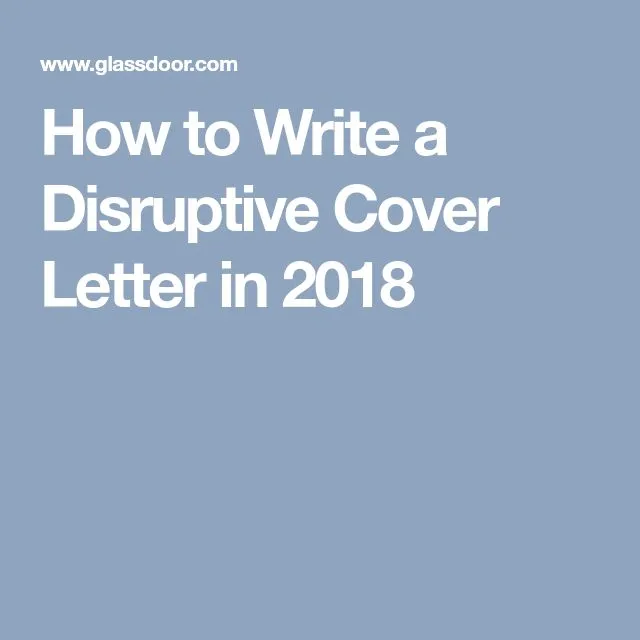Understanding the Power of a Cover Letter
In the competitive world of job hunting, a well-crafted cover letter can be your secret weapon. It’s more than just a formality; it’s your first opportunity to make a lasting impression on a potential employer. A cover letter allows you to provide context to your resume, showcasing your personality, passion, and how your skills align with the specific role and company. It’s your chance to tell your story and explain why you’re the perfect fit. Understanding its significance is the first step towards crafting a document that truly wows.
Why a Cover Letter Matters
A cover letter offers a platform to elaborate on the experiences and achievements listed in your resume. It lets you connect the dots for the hiring manager, demonstrating a clear narrative of your career journey and aspirations. While a resume provides a snapshot of your qualifications, the cover letter gives you the space to provide depth. A compelling cover letter enables you to express your genuine interest in the position and the organization, which can significantly impact the recruiter’s perception of your candidacy.
The Importance of a Cover Letter in the Hiring Process
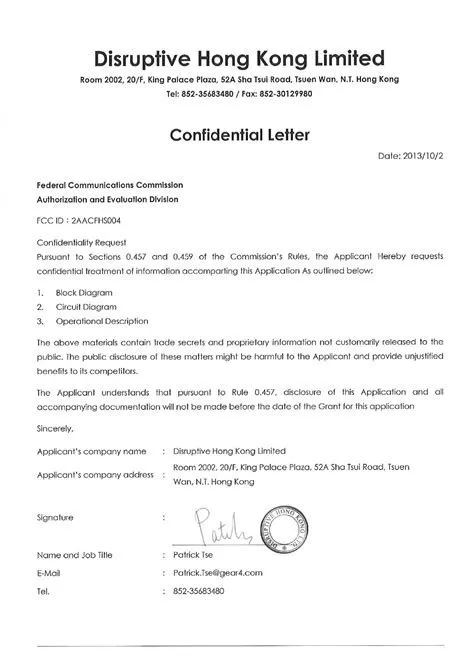
Many hiring managers use cover letters as a primary screening tool. A well-written letter immediately separates you from the crowd. It showcases your communication skills, attention to detail, and proactive approach. A poorly written or generic cover letter can be a deal-breaker, signaling a lack of effort or a lack of interest in the specific opportunity. Including a customized cover letter demonstrates that you’ve taken the time to understand the role and the company’s values, thereby increasing your chances of being considered for an interview. The cover letter is your voice before you get a chance to speak.
Crafting a Disruptive Cover Letter
A disruptive cover letter isn’t about following the same old templates. It’s about making a bold statement, showcasing your unique value proposition, and capturing the hiring manager’s attention from the first sentence. It’s about demonstrating your understanding of the company, the role, and what you can bring to the table in a fresh and memorable way. You want to make the reader think, ‘Wow, this is someone we need to meet!’
Research the Company
Before you even begin to write, dive deep into the company’s website, social media, and recent news. Understand their mission, values, and recent projects. Identify their challenges and how you can contribute to their success. This research will help you tailor your letter to their specific needs and demonstrate that you’re genuinely interested in joining their team. Mentioning a recent company achievement or project shows you’ve done your homework and that you’re not just sending out a generic application.
Highlight Your Unique Value Proposition
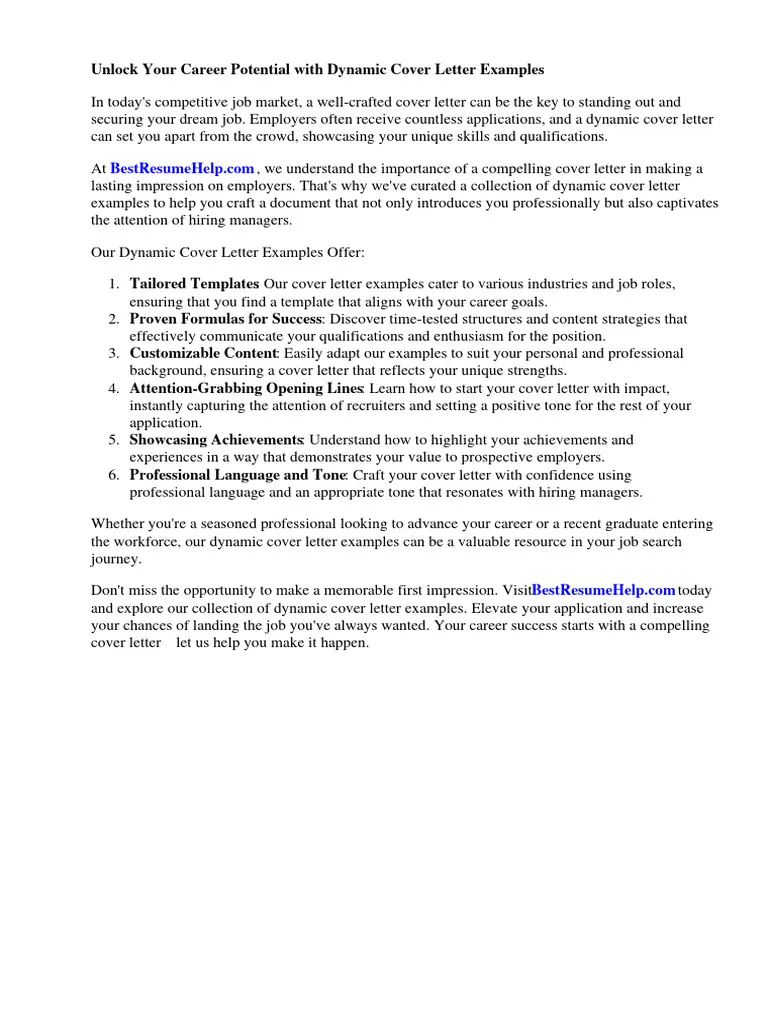
What makes you stand out? What unique skills, experiences, or perspectives do you bring to the table? Clearly articulate your value proposition in the cover letter. Connect your skills and experiences with the specific requirements of the job description. Think beyond the basic skills; highlight your ability to solve problems, your creativity, or your leadership qualities. Show the hiring manager why you are the best candidate for the role.
Show, Don’t Tell with Achievements
Instead of simply listing your skills, demonstrate them through concrete examples. Use the STAR method (Situation, Task, Action, Result) to describe a situation where you excelled. This method allows you to provide context and clearly illustrate your capabilities. Focus on the tangible results you achieved in previous roles. This approach transforms abstract claims into compelling evidence, making your application more persuasive.
Quantify Your Accomplishments
Whenever possible, quantify your achievements using numbers and data. For instance, instead of saying ‘Improved customer satisfaction,’ state ‘Increased customer satisfaction by 20%.’ This demonstrates the impact of your work and provides tangible evidence of your capabilities. Quantifiable achievements are much more impactful and memorable than general statements.
Use Action Verbs to Describe Your Skills
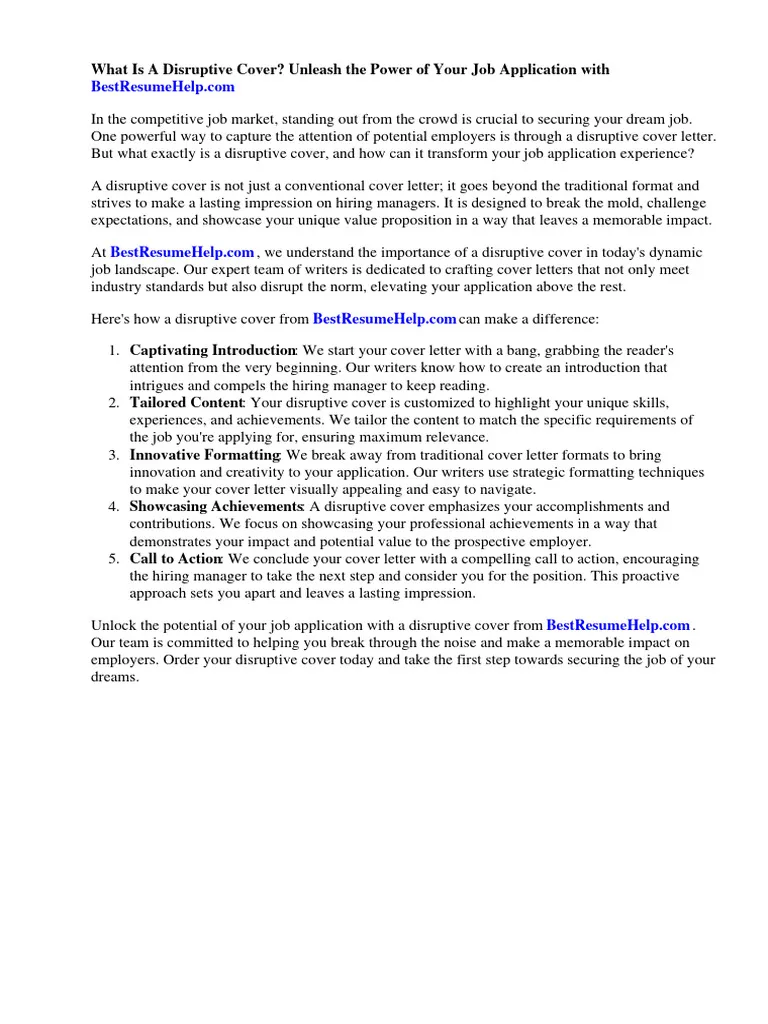
Start your sentences with strong action verbs to describe your skills and accomplishments. Verbs like ‘managed,’ ’led,’ ‘developed,’ ‘implemented,’ and ‘achieved’ create a dynamic and engaging tone. Action verbs make your writing more energetic and showcase your ability to take initiative and achieve results. This approach makes your cover letter more active and compelling, drawing the reader into your narrative.
Structuring Your Cover Letter for Impact
The structure of your cover letter is as crucial as its content. A well-structured letter guides the reader through your key qualifications and achievements, making it easy for them to understand why you are a great fit. It must be logical, flowing, and tailored to the specific job and company. The layout should be clean and easy to read, with clear headings and concise paragraphs.
The Opening Paragraph Strategy
The opening paragraph is your first and often only chance to grab the reader’s attention. Avoid generic opening lines. Start with a strong statement that immediately captures their interest. Consider mentioning a shared connection, referencing a company achievement, or highlighting a relevant skill. The goal is to make them want to read more.
Capturing Attention Immediately
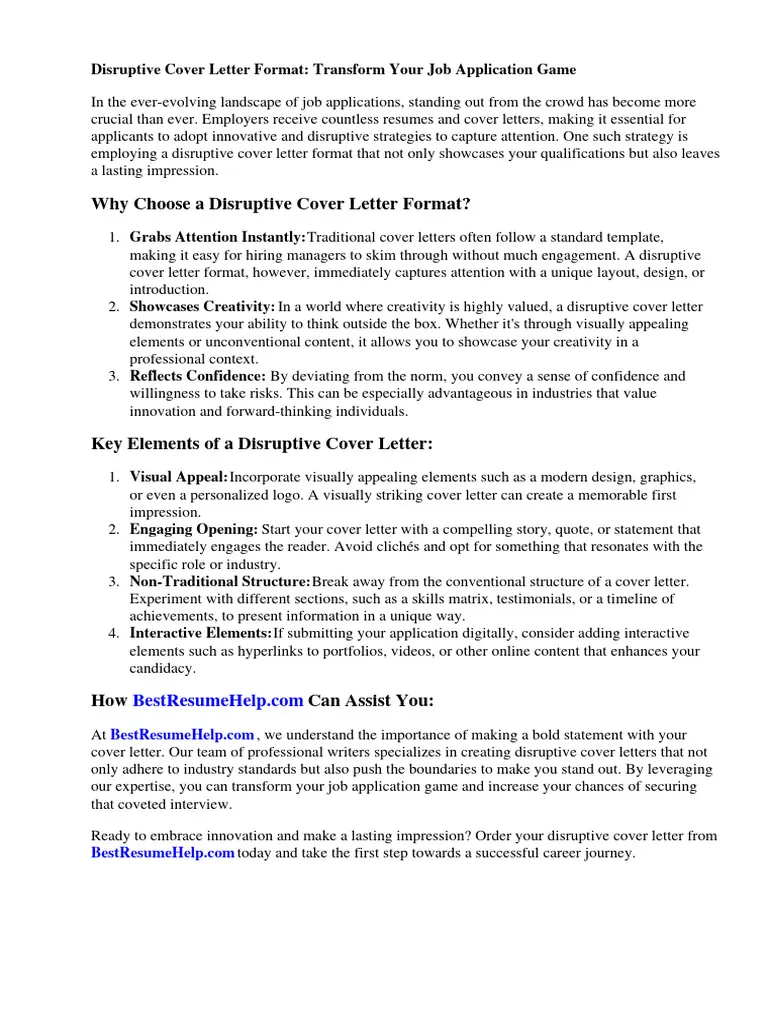
Use a hook to immediately grab the reader’s attention. This might be a striking statement, a relevant anecdote, or a clear indication of your enthusiasm for the role and the company. A good hook makes the reader want to continue reading, setting the tone for the rest of your cover letter.
The Body Paragraph: Showcasing Your Skills
The body paragraphs are where you demonstrate your skills, experience, and how they align with the job requirements. Use the STAR method to give specific examples of your accomplishments. Focus on what you can do for the company, not just what you have done in the past. Keep the paragraphs concise and focused, and emphasize the most relevant information for the role.
Tailoring Your Letter to the Job Description
Carefully analyze the job description and tailor your letter to match the specific requirements. Use the keywords from the job description to highlight relevant skills and experiences. Customize each cover letter to the specific role and company. This shows that you’ve put in the effort and understand what the employer is looking for.
The Closing Paragraph: Call to Action
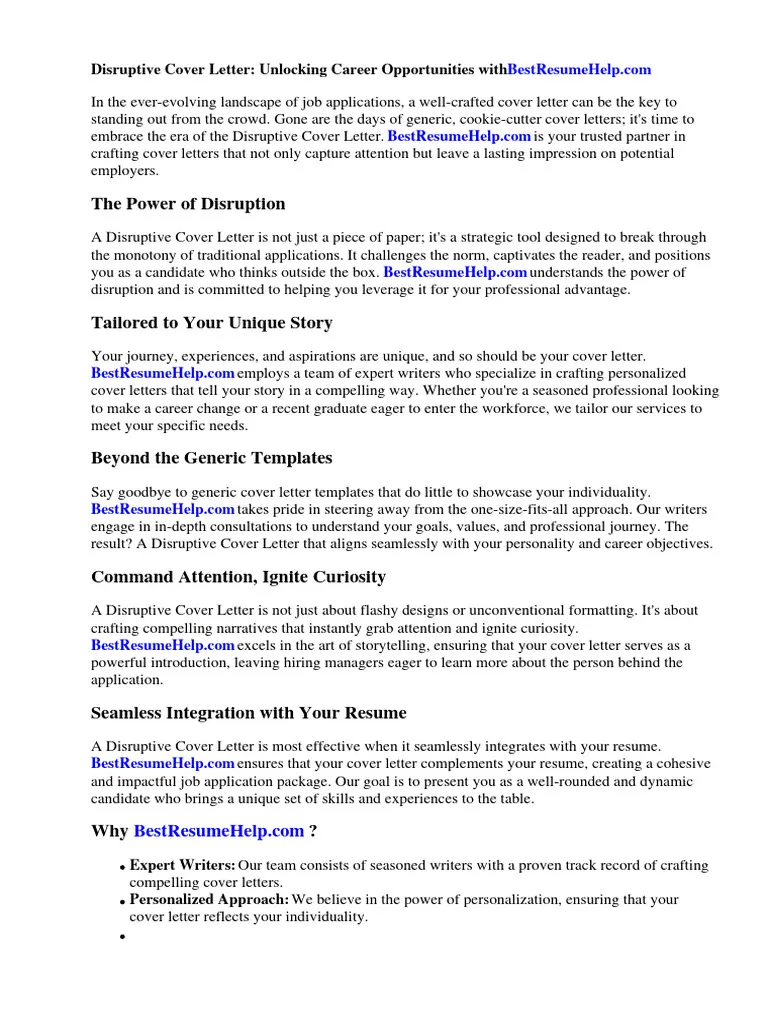
End your cover letter with a clear call to action. Express your enthusiasm for the opportunity and state your availability for an interview. Thank the hiring manager for their time and consideration. A strong closing reinforces your interest and makes it easy for them to take the next step.
Proofreading and Formatting
Before you submit your cover letter, it’s imperative to proofread it meticulously and format it correctly. Errors in spelling, grammar, and punctuation can undermine your credibility. Proper formatting shows professionalism and attention to detail.
Essential Formatting Tips
Use a professional font like Times New Roman, Arial, or Calibri in a readable size (11 or 12 points). Maintain consistent formatting throughout the document. Use clear and concise language, and keep paragraphs short and to the point. Ensure your contact information is easy to find, including your name, phone number, email address, and LinkedIn profile link (optional).
Proofreading Checklist
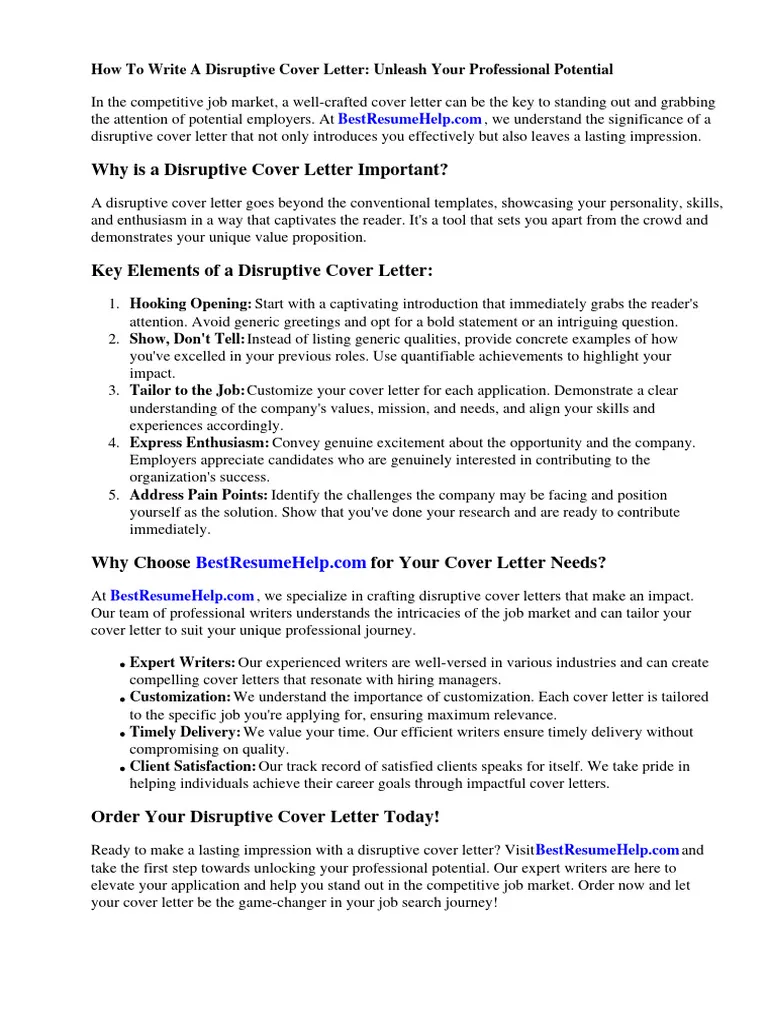
- Spelling and grammar
- Punctuation
- Capitalization
- Sentence structure
- Word choice
- Formatting consistency
- Contact information accuracy
- Company name and job title accuracy
Examples of Winning Cover Letters
Reviewing successful cover letter examples can provide valuable inspiration and guidance. Analyze how others have crafted their letters to highlight their skills and experience, demonstrating their value to the hiring manager. Look for examples that align with your industry and the types of roles you are targeting.
Example Cover Letter 1
Example Cover Letter content to showcase the layout and structure.
Example Cover Letter 2
Example Cover Letter content to showcase the layout and structure.
